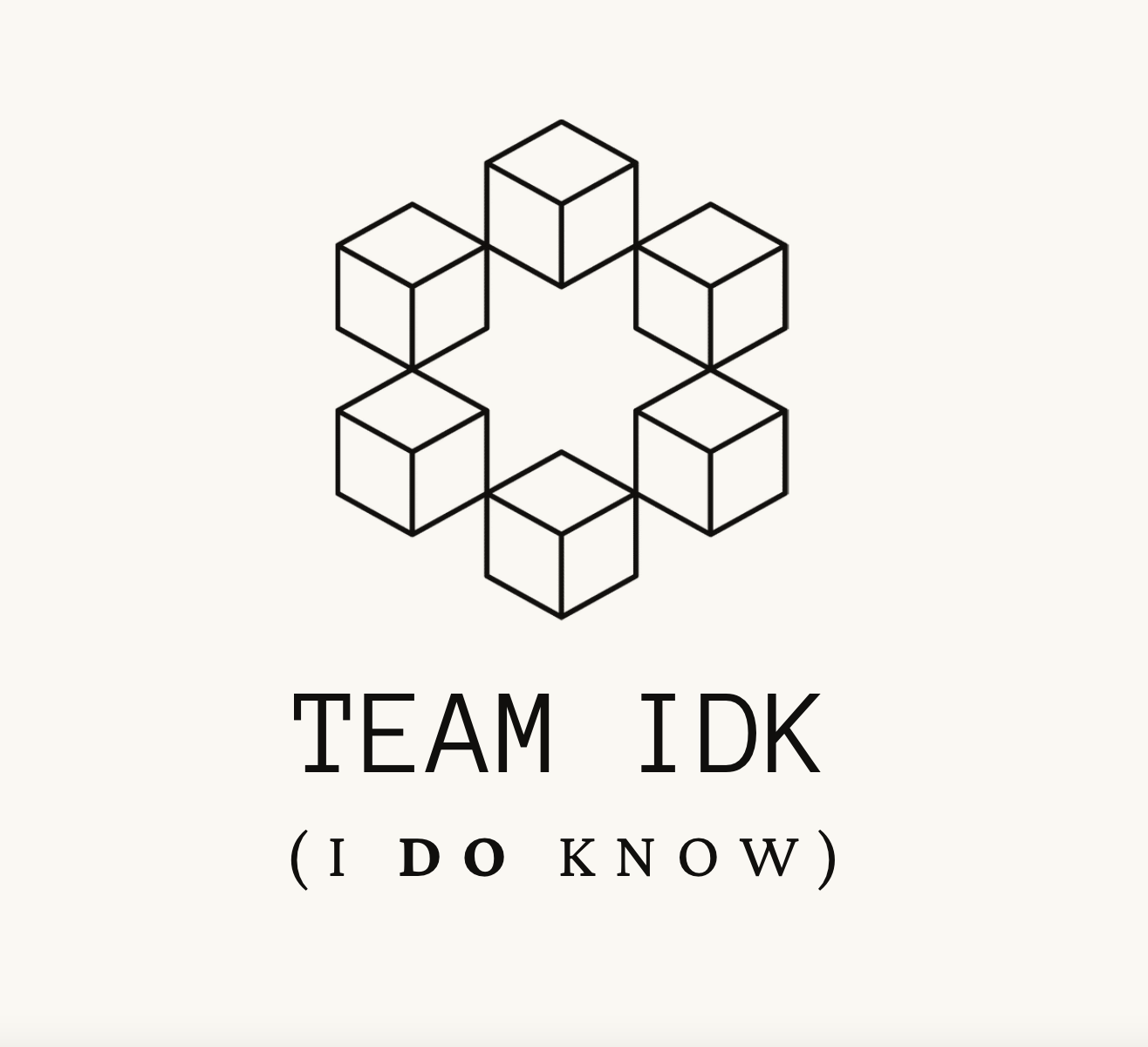Project Description
Praxis is a video conferencing application more catered for online classroom learning.
Students are getting more and more dissatisfied with their learning, and there are many factors to it, as pointed out by only one of the dataset and numerous studies (both public and not). However, three main important things we found out were:
- Accessibility
- Inclusiveness
- Interactivity
Online platforms such as Discord, Twitch, Zoom, Blackboard and Echo360 are great at getting content out there, but they are not great at engaging the user, or to allow students to communicate with one-another in a straightforward social way. Praxis aims to fix this by simulating the classroom/lecture/conference format and combining the best of both worlds.
Data Story
Data for the “Rethinking Education” challenge was independently sourced. Data for learner-instructor interaction was scarce but some data could be found on learning impacts, so we drew inspiration from qualitative studies exploring those impacts and personal experiences of our team members to formulate our user requirements and constraints.
The questions we aimed to answer from looking at the datasets were:
- What are some of the negative impacts on learning efficacy and engagement of switching from face-to-face to distance instruction?
- What are the causes of these impacts i.e. what are the pain points?
- Which demographic groups were impacted the most adversely during the transition to remote learning?
- Do engagement problems transfer over to or affect academic outcomes?
- What arrangements or content designs could help facilitate improved engagement online?
From analysing the datasets supplied, we found that:
- Online systems that can produce a measurable skills-knowledge gain result in better knowledge acquisition and application D5 . Additional usage data suggests that knowledge gain is highly correlated with ease of application use and recording observations or responses.
- Nominated reasons for lack of engagement include IT problems, reduced interactivity with subject matter, and reduced interpersonal interaction D3 D5 .
- Lack of interactivity and lack of engagement frequently co-occur in user experience feedback D3 . They may worsen experiences by interacting as a feedback loop or 'vicious cycle' where lack of peer or instructor interaction results in decreased engagement.
- Studies 1 7 suggest that the online medium was a barrier to communication, particularly those with disabilities 5 6 .
- Low feedback on learner performance online (from lack of interaction) could influence payoff on incorporating best practices such as ease of use, instructor ethos and delivery methods and automating administrative burden D2 8 .
Thus, from the information found in our data exploration, our solution:
- Should prioritise ease of interaction and facilitate communication of feedback between learners and instructors, for instance by preventing conflicts while speaking or presenting 4 8 .
- Should include accessibility provisions for those with disabilities to ease the communication barrier. Adjustments to alleviate disengagement and associated stress can include colour or spatially aware UX design, audio suppression for noise-sensitive individuals, or with additional digital tools to facilitate interaction 5 6 .
- Should facilitate community building online following Brown’s three stages 2 : making friends, having valued conversations and camaraderie from more personal interactions. Progressively building on these three levels with additional instructor care can increase interpersonal connections and reduce loneliness 3 .
- Should emphasise the value of both students and teachers using engaging and intellectually challenging questions in learning 9 .
Impact:
- Students that report lower self-esteem, higher stress and anxiety from learning will be able to better interact with peers and alleviate perception and satisfaction issues using increased engagement 5 .
- Educators have greater incentive to interact with students using the simplified tools and can augment the intrinsic educational value of their courses both in terms of material and delivery technique 8 .
- Better facilitation of learning will improve completion rates by encouraging students to stay on and finish the course through perception of higher course and material quality D2 .
Design References: (Google Docs)
Data Exploration Notebook: (Kaggle)
Dataset References:
D1 ACDET (2020): Higher Education Statistics (link) [CC BY SA]
D2 Tabatha Griffin and Mandy Mihelic (2019): Online delivery of VET qualifications: current use and outcomes (link) [CC BY 3.0]
D3 Linley Martin/TEQSA (2020): Foundations for good practice: The student experience of online learning in Australian higher education during the COVID-19 pandemic (link) [CC BY 3.0]
D4 NCVER (2021): Completion and attrition rates for apprentices and trainees 2020: state and territory data tables (dataset) [CC BY 3.0]
D5 Claudia Santorini et al (2021): Changes in participant behaviour and attitudes are associated with knowledge and skills gained by using a turtle conservation citizen science app (dataset) (article) [CC0 Universal Access - Public Domain]


